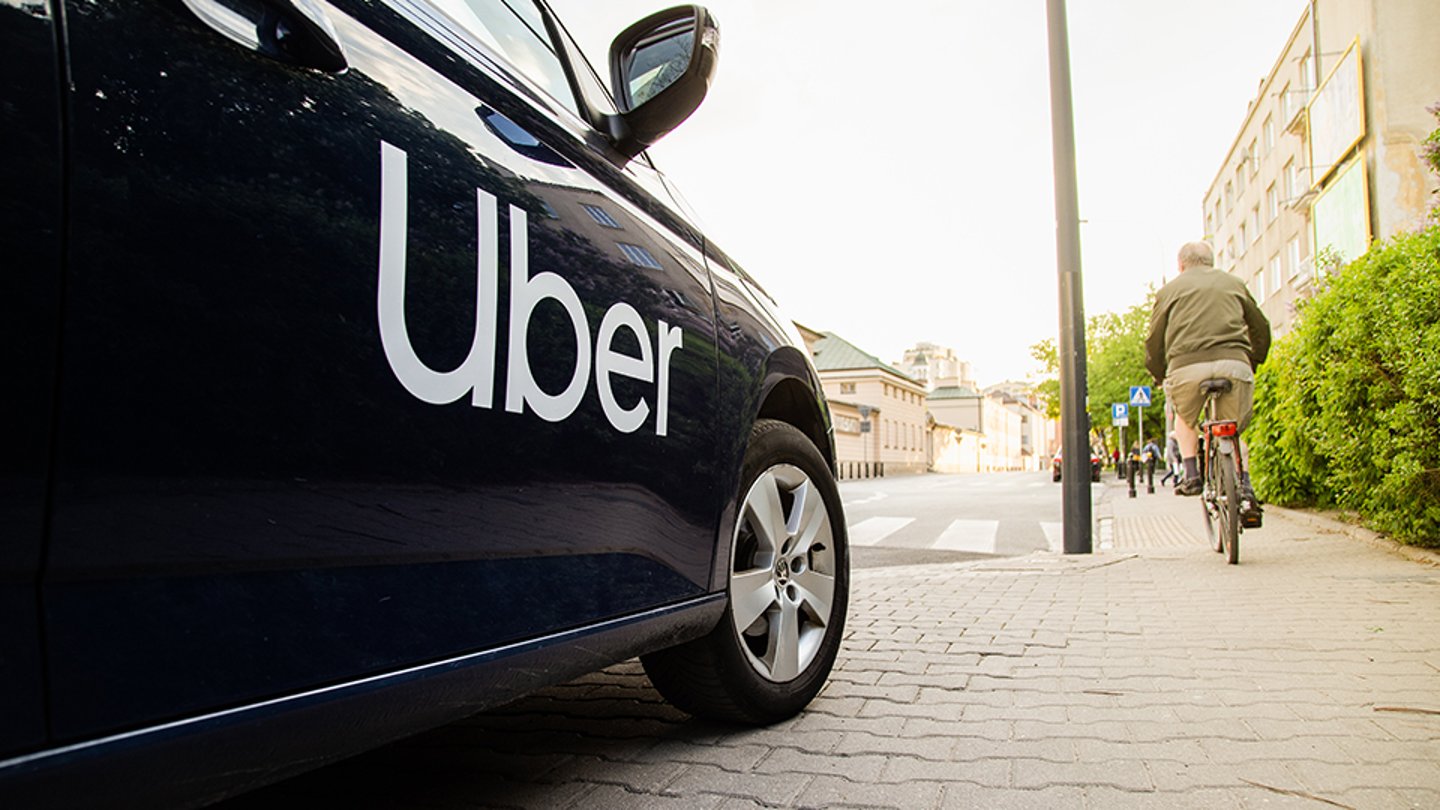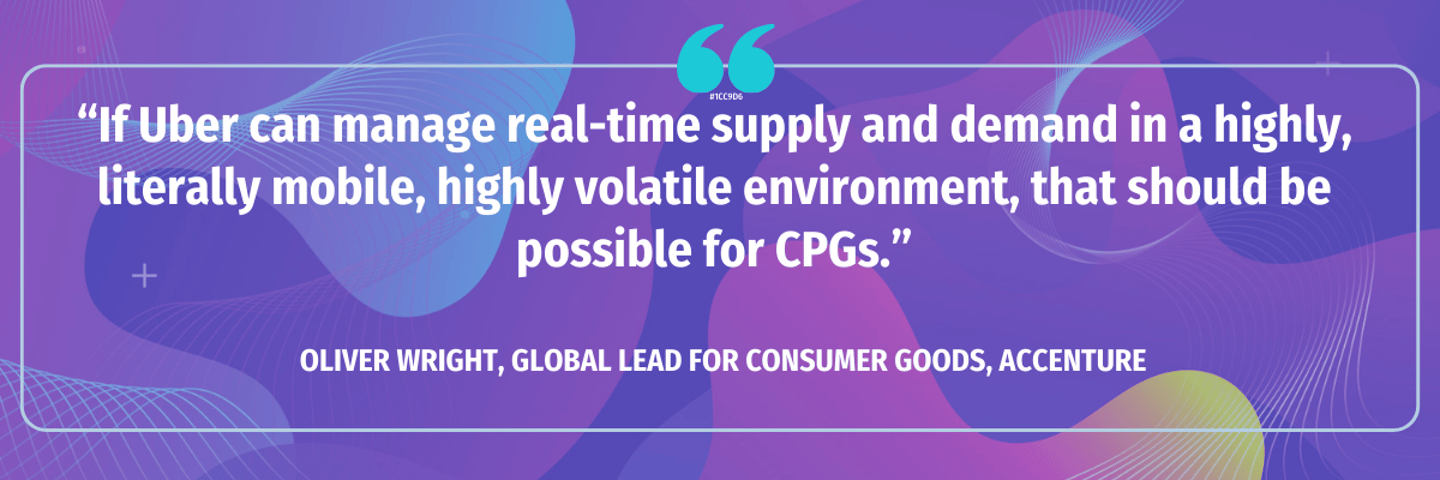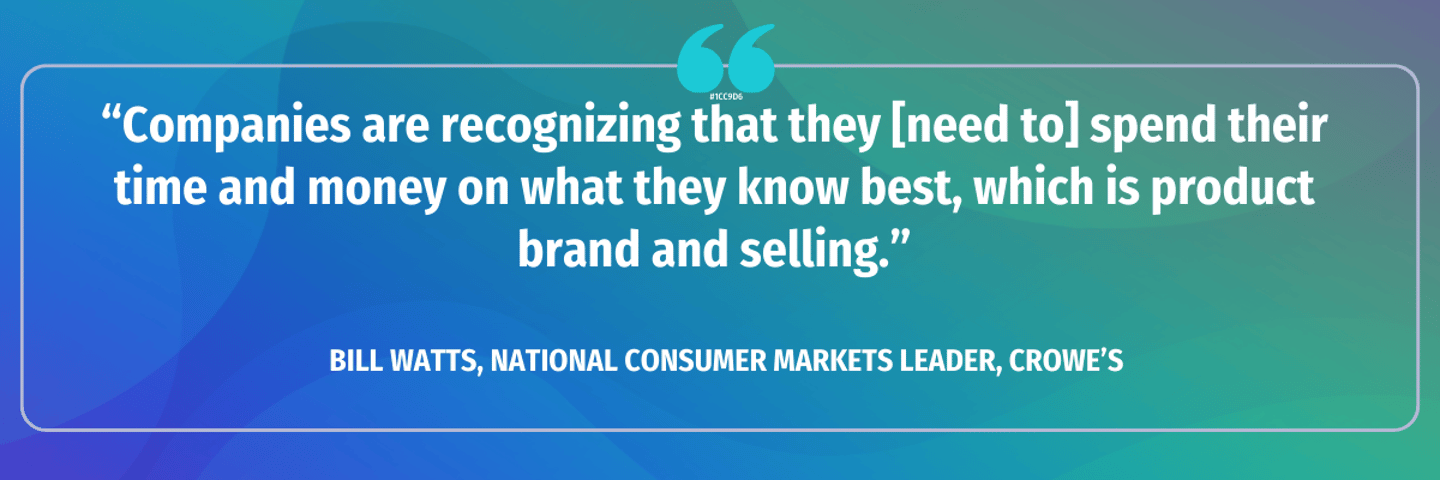Cross-Industry Insights: 8 Lessons CPG CIOs Can Learn from Other Industries
Companies and industries traditionally find it easier to maintain a “this is the way we’ve always done it” attitude until forced to painfully pivot to new methods and new models.
But in the wake of the pandemic and its aftershocks, consumer goods companies see that “business as usual” is no longer a sustainable model. As a result, CPG CIOs must look beyond the confines of the industry to discover tech and data strategies and innovations that have propelled other sectors forward.
“CPGs need to look beyond the CPG industry for faster implementation to gain competitive advantage,” says Sudhakar Gudala, SVP and global head, CPG and distribution business unit, at Tata Consulting Services (TCS). “Industry studies have revealed that, on average, CPGs have reported a lower increase in technology budget over the years in comparison with other industries.”
Gudala noted that despite increased investment in digital technology, many CPGs still operate with scattered and disconnected product data. ”Also, with rising needs for ecosystem-based models, data governance, and adopting emerging technologies, there is a need for CPGs to look beyond their industry to accelerate innovation.”
Here are eight strategies and innovations experts say CPG CIOs can adopt to drive growth, enhance operational efficiency, propel sustainability mandates, and foster innovation.
1. Link Technology & Strategy
Those we spoke with agree that CPGs must follow a host of other sectors and abandon the staid CPG process of first devising strategies then finding and applying technologies to execute those strategies. Instead, CPGs should link their thinking about technology with their corporate strategy development, advises Oliver Wright, Accenture’s global lead for consumer goods.
“It's no longer just good enough to understand what the current leading practice in the consumer goods industry is,” he notes. “You need to understand not just what the art of the possible is in your industry, but the art of the possible in any industry.”
One organizational operational and philosophical shift is for CPGs to stop seeing themselves as product companies and start seeing themselves as data companies. This means giving CIOs a more central role in overall planning.
“The role of CIOs has evolved from being a functional leader managing an organization’s IT department to that of a strategic business leader,” says TCS’ Gudala. “They are reimagining the role of technology by modernizing the IT landscape and integrating technology management across siloed functions.”
For example, CIOs are not only collaborating with other C-suite executives to build holistic and robust business models that are connected across the enterprise, but they’re also expanding their networks to other industries for best practices.
Bill Watts, national consumer markets leader at accounting and consulting firm Crowe, believes this evolution of the CIO’s organizational role “aligns well with the evolution of AI and machine learning — as well as the embedding of IT people back into business areas to ensure real-time alignment of the ‘fusing technology and strategy.’”
2. Build Data-Centric Architecture
A more data-centric philosophy means adopting more advanced data techniques to ensure long-term resilience, flexibility, and, most of all, sustainability. Wright predicts the volume of data CPGs will collect and maintain will increase 10x in the next five years.
“It’s going to be a huge explosion. Data is going to be used for everything from product refinement to e-commerce to manufacturing efficiency to supply chain efficiency,” he says. “One of the central roles of the CIO is going to help the organization feel comfortable with this sort of change.”
As a result, those we spoke with agree that CPGs need to update all their systems to enable end-to-end connectivity to ensure visibility across the value chain.
“Banks and retailers that have thrived in the digital disruption onslaught that those industries have been able to do so by investing in modernizing their core and moving to more modular platforms,” says Rajesh Narayan, partner at Bain & Company. “As CPGs plan to thrive in the next 5-10 years of digital disruption that awaits them, they ought to be investing in modularizing their tech and data product architecture to allow them to pivot at speed.”
3. Create Omni-Connected Consumers
Big data is enabling the end consumer to become a more critical business asset. “Tech and retail giants and digitally leading retail banks who invested early in capturing data and use the data to make better consumer-centric decisions have been far more successful in driving success with customers,” notes Bain’s Narayan. “Leading CPs, especially ones with some DTC capabilities/1P data channels, have started to build consumer insight platforms that they’re starting to use for more precision-targeted activation.”
- See also: What CPGs Think About Ozempic
With their direct relationship with consumers, Crowe’s Watts notes CPGs also can draw data directly from retailer interactions to create a data feedback loop. “Many retailers, especially apparel, are adapting AI to create the virtual experience upfront with the customer both online and in stores,” Watts says. “This helps to ensure real-time feedback.”
4. Link Products and Services
Another source of valuable direct-from-consumer data is linking products to services. Examples include coffee company Lavazza, which monitors in-store coffee machines in real time, as well as Coca-Cola’s Freestyle beverage machines.
Linking products and services is beginning to emerge in other industry sectors. Wright points to Rolls Royce’s real-time monitoring of its airplane engines to create more precise diagnostics and performance data, which reduces on-the-ground maintenance time and effort. Watts in turn cites the value of service data gleaned from retail kiosks or virtual ordering.
“CIOs will be looking for how they as manufacturers can get closer to the end consumer,” Wright adds. “If you look at movements like direct to consumer, people are borrowing more techniques on things like remote monitoring to be able to provide a richer, more accurate experience.”
5. Accelerate Product Personalization
Reliable retail data collaborations enable CPGs to leverage retail as a test-and-learn environment, including via loyalty programs eliciting consumer data.
One benefit of a more consumer-tuned picture product development is the ability to create more personalized products, which TCS’s Gudala cited as the next big challenge for companies.
“We expect consumers to continue to prefer convenience of purchase and personalized products,” he said. “This will necessitate CPGs to incorporate data-driven personalization and direct-to-consumer channel in their strategies.”
6. Maximize Supply and Demand
CPG companies have long struggled with matching supply and demand — struggles continually exacerbated by customers and consumers expecting quicker, real-time responses. For potential inspiration, they may want to look to the ride-share industry.
“If Uber can manage real-time supply and demand in a highly, literally mobile, highly volatile environment, that should be possible for CPGs,” says Accenture’s Wright.
Uber leverages AI to interpret and gain customer preferences and feedback to align the right ride and driver to the customer, according to Crowe’s Watts. “One of their bigger challenges is that they get feedback back after the rides as to condition, temperament, and experience of the ride, which they want to anticipate through AI to proactively align this to ensure a better customer experience,” he notes.
To quicken CPG supply-demand responses, CPGs can glean much from the supply chain resiliency of the consumer electronics industry, which are further along in this space, says Bain’s Narayan. “Advanced manufacturing industries are much more mature in virtual/remote manufacturing, real-time asset monitoring and predictive maintenance, and we see CPG leaders especially in high-value quantum categories.”
7. Quickly Pivot to New Product Categories
Those we spoke with cited examples of how new technologies are helping companies not only shorten development and testing times, but also reduce reliance on objectionable techniques like animal and human testing, and time-consuming activities such as focus groups.
“AI-driven ingredient discovery in the food and beverage space will massively accelerate the development process because we can understand much more rapidly without having to do as much human testing of what we think is actually going to work,” reports Accenture’s Wright.
“General Motors is addressing its product design use cases using generative AI that leverages designing algorithms to optimize parts and reduce weight in their vehicles,” TCS’ Gudala says. “CPGs can increase investments in generative AI for product package designs.”
“Leading CPGs learning from advanced manufacturing and life science players on how to use AR/VR and digital twin technologies for faster virtual testing, simulating biological pathways using digital twins,” Bain’s Narayan contributes. “We have seen some CPs adapting the technology for lower value quantum products and cutting down timelines for innovating products from 12-plus months to a few weeks.”
8. Build Expertise Partnership Ecosystems
Advanced data expertise can be hired or upskilled, but many industries also are creating an ecosystem of expertise partnerships. “Building ecosystems of partners has become a necessity as it helps transform and reinforce enterprises through cross-industry, inter-sectoral collaboration,” notes TCS’ Gudala.
“Across all industries we are seeing an increased acceptance of outsourcing of key business functions including accounting, IT, marketing, legal, and product engineering,” concurs Crowe’s Watts. “Companies are recognizing that they [need to] spend their time and money on what they know best, which is product brand and selling. This allows them to not waste time or efforts on administrative support functions.”
Looking ahead, he notes, we can expect to see CPGs partner with similar brands to “kit” or combine products to meet customer demands.










